Harvard.
The name is world-famous.
Harvard University boasts an amazing list of alumni who went on to become heads of state or winners of Nobel and other prestigious prizes. Some Harvard dropouts have become very famous (and very rich) as well.
Harvard University is also the oldest university in the United States, and you can still see on its campus buildings from the colonial era, built even before there was a United States.
There are several options for visiting Harvard, even if you are not one of the students. One of them is The Hahvahd Tour , ran by Trademark Tours.
Touring a Famous Boston Campus
“Hahvahd” is a joke on Massachusetts accent here – the locals tend to drop their “r”s, hence “Harvard Yard” becomes “Hahvahd Yahd” in the local parlance.
The Hahvahd Tours are guided by current Harvard undergraduates, and having passed several of these tours on my strolls around The Yard around lunch time, I’m guessing the tour operator very carefully selects guides who are the most animated and entertaining.
In fact, Joy, the student who led the tour wetook at the end of April managed to get a couple of chuckles even from my thirteen-year-old son, who likes to pretend he’s “too cool to laugh.”
As the FAQs on The Hahvahd Tour website explain “the tour covers major Harvard landmarks.”

You meet the guide in the Harvard Square, right by the famous “Out of Town News” and right outside the main exit from the Harvard Square Red Line station.
From there you proceed to the “official” entrance to Harvard – the Johnston Gate –which the students use only twice during their study at Harvard, whether the gate is closed or not. They enter once when they move in, and they exit at graduation. It is considered bad luck to use the gate at any other time.
Enjoying the Harvard Intro and Entrance
Flanking the Johnston Gate is the oldest building on the campus, the Massachusetts Hall as well as the Harvard Hall, which were so damaged by the Continental Army at the beginning of the Revolutionary War, that as soon as the colonists won the war and formed a government of the new United States of America, Harvard sued it for damages (and won).
After telling us a bit about the history of both venerable halls, Joy bought our attention to a very modest, tiny guard house standing right next to the Johnston Gate. “That,” he pointed out, “is the most expensive building on campus per square foot!”
You’ll be surprised when you find out how much this smaller-than-your-average-shed building cost when you take the tour!
Next on the tour was a bit of name dropping as we walked past a couple of freshmen dormitories where JKF, Matt Damon, and Natalie Portman lived during their first year at Harvard.
When we stopped by the statue of a man in colonial clothes, sitting in a chair, Joy explained why it is called The Statue of Three Lies.
The statue bears the inscription:
John Harvard
Founder
1638
None of these statements are true, however, because nobody knows what John Harvard really looked like, he was not the founder of the university, and the university was not founded in 1638.
“This famous statue,” Joy also said, “is the third most photographed monument in the U.S. – after the Statue of Liberty and the Lincoln Memorial.”
I have not been able to verify whether that’s true or not, but it might be. Once during a lunch break in just a few minutes I counted about a dozen people line up next to it to pose for a photo.
A short stroll from John Harvard’s statue, right outside the northern gates of Harvard Yard proper, stands the Science Center, and Joy joked that since the upper floors of the science center house laboratories for astronomy and earth and planetary sciences, and the lower floors’ classrooms are used by the biology and chemistry departments, “the higher floor your classes are, the higher your IQ.”
Right next to the modern Science Center is a striking neo-Gothic church-like building – the Memorial Hall, which isn’t a church at all, but a memorial to students who lost their lives during the Confederate War, as well as the biggest lecture hall at the university, and the Annenberg Hall, the dining hall for first-year students.
The Arts at Harvard University
Back in the Harvard Yard, we walked to the area called the Tercentenary Theatre, a big lawn space crisscrossed by pedestrian pathways between the Memorial Church and the Harry Elkins Widener Memorial Library.
The Widener Library is my favorite building in the Harvard Yard, partly because it’s so imposing and partly because of its history.
While it is not true that Mrs. Eleanor Elkins Widener, the donor of the Harry Elkins Widener Memorial Library demanded that the university require its students pass a swim test, as Joy claimed, and that fresh flowers are placed every day in the Harry Elkins Widener Memorial room, it is true that she demanded that not a single brick or stone from the exterior be changed.
(See Harvard’s Ask a Librarian answers about the swim test and about fresh flowers).
I have not looked into why Mrs. Widener would make such a stipulation, but it is possible that, as Joy suggested, she was worried that a wealthier donor could come in and her beloved memorial to her son would be demolished to make room for a new library, just as Gore Hall was torn down to build the Widener Library.
At this point, the similarities between the official Harvard Tour and The Hahvahd Tour ended, because we left the Harvard Yard and headed toward the Houses. (Upper classmen at Harvard live in dormitories called Houses, located further away from the Yard.)
The official Harvard tour stays pretty much within The Yard.
On our way, we passed a somewhat nondescript building at 1324 Massachusetts Avenue, which houses the famous and mysterious Porcellian Club, the oldest and the most exclusive of Harvard’s 11 prestigious final clubs, which rejected Franklin Delano Roosevelt as a member.
Legend has it that Porcellian members are told that if they don’t make a million dollars by the time they are 30 (some sources say 40), the club will give it to them. Perhaps that’s why the movie The Social Network implied that Mark Zuckerberg desperately tried to become a member of the Porcellian. Whether that’s true or not, the founder of Facebook did pretty well without the club anyway.
Famous People at Harvard
As we passed the famously weird Lampoon Building, Joy entertained us with stories about The Harvard Lampoon, the second oldest comedy college paper.
The tale that got my son to chuckle was about how Conan O’Brien, then the President of the Lampoon supposedly stole the chair of the editor of The Harvard Crimson, another, more traditional student newspaper at Harvard, with which the Lampoon has a long-standing rivalry.
I’m afraid I could not confirm whether this story was true or not, but it is a fact that
Conan O’Brien was once arrested for stealing as a prank a complete print run of The Harvard Crimson, before it could be delivered.
The second-to-last stop was a grassy common surrounded by classic-looking brick Houses – Lowell, Winthrop, Eliot, and Kirkland.
Kirkland House, Joy pointed out, is where Mark Zuckerberg created Facebook in his sophomore year.
On the way back to the Harvard Yard, Joy brought everyone to The Harvard Shop ran by the Harvard Student Agencies, and full of Harvard souvenirs.
All in all, even though I knew plenty of Harvard history, and even though The Hahvahd Tour included a few stories that are more Harvard legend than history, I have to say I found the tour quite entertaining and enjoyable. I would definitely recommend it to Harvard visitors who are looking for a bit of history, mixed with humor and college lore.
I wasn’t sure whether my kids would be interested in The Hahvahd Tour, but they surprised me. After the tour, my son was asking me questions about the Porcellion and Zuckerberg and Gates, and even my eight-year-old daughter declared the weekend trip to Cambridge was fun. She especially liked the statue of three lies for some reason.
Thank you to Trademark Tours for providing free tickets to me and my family to see Harvard from a different angle. As always, my opinions are my own.
Jolanta is a blogger who runs Casual Traveler with her husband, Peter. While she has learned quite a bit about the university over the last twenty years she’s worked there and from research she’s done in the past, she admits that she had no idea where the Porcellion was located before the tour, nor did she know several other details mentioned by the tour guide.

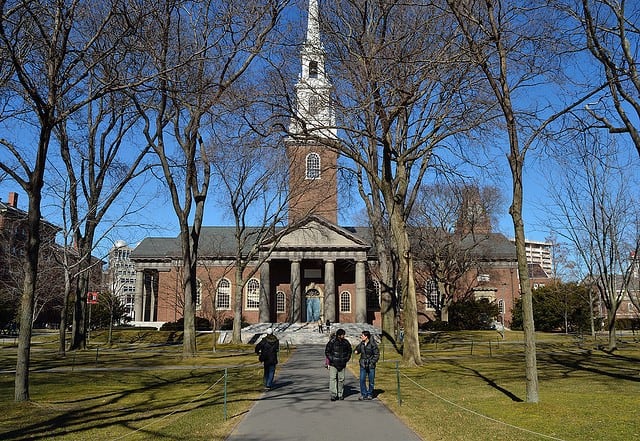

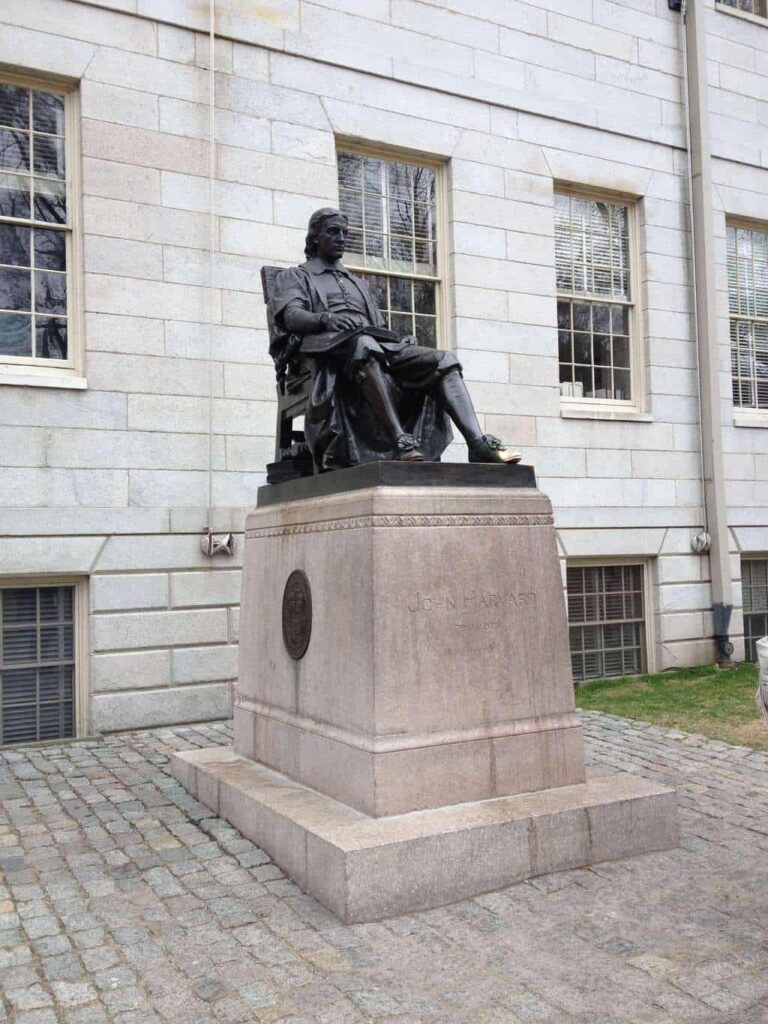


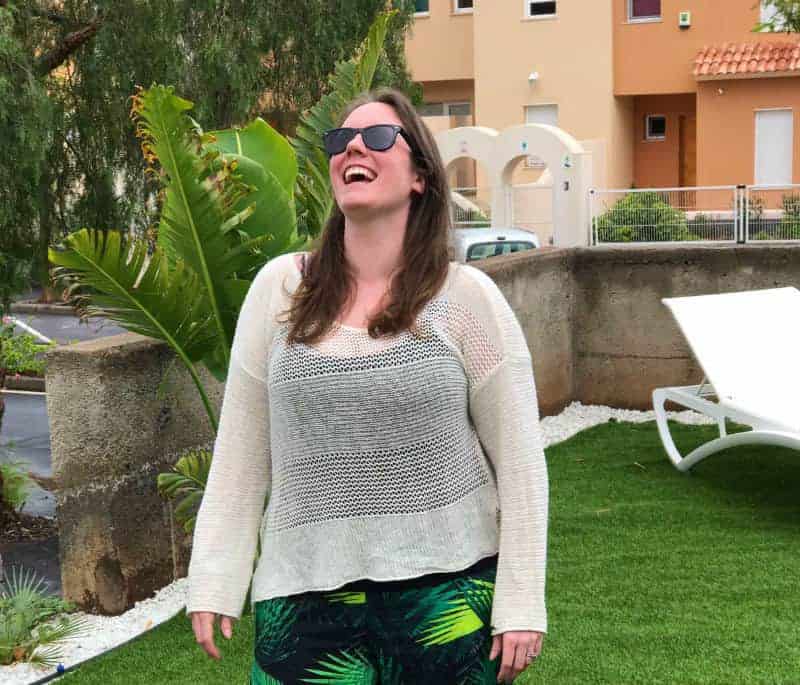
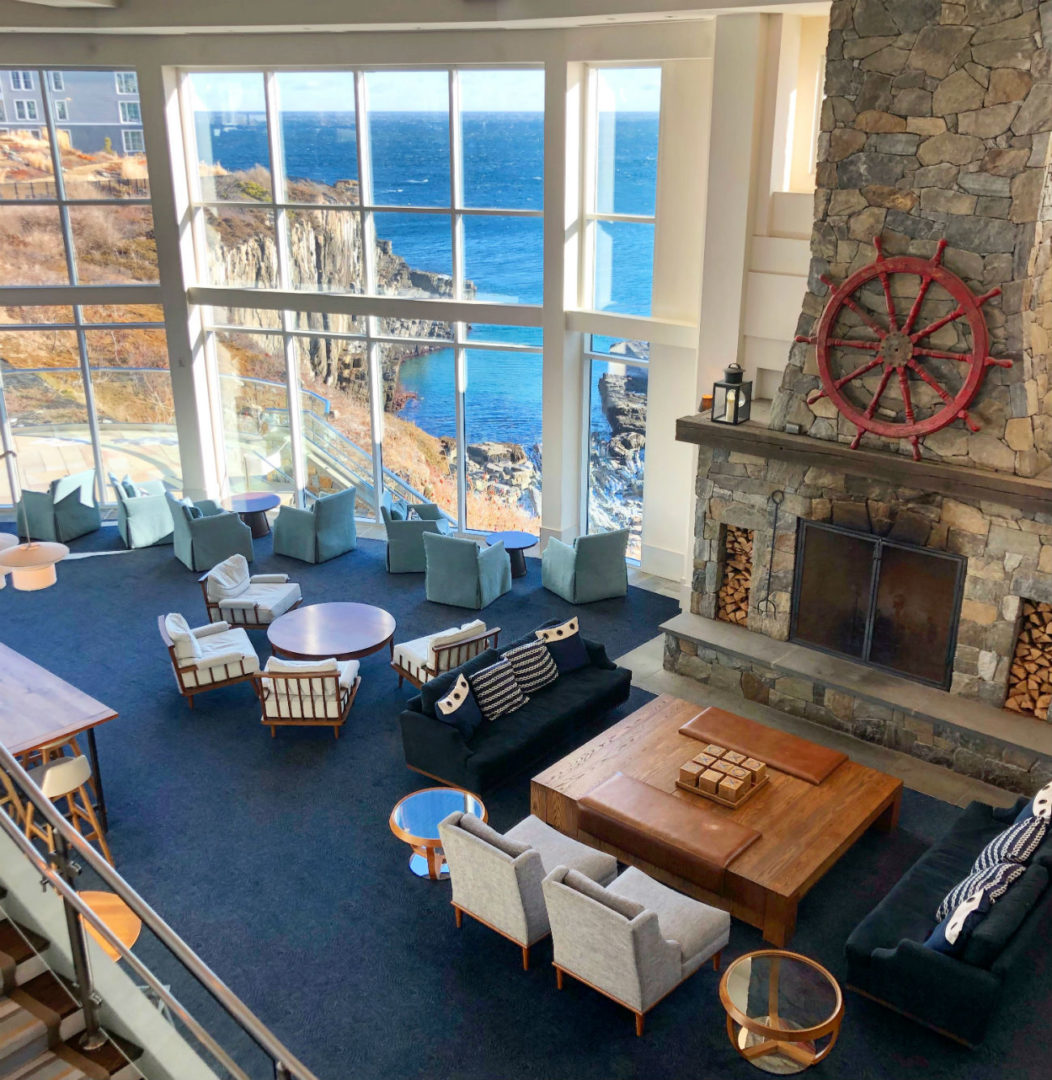

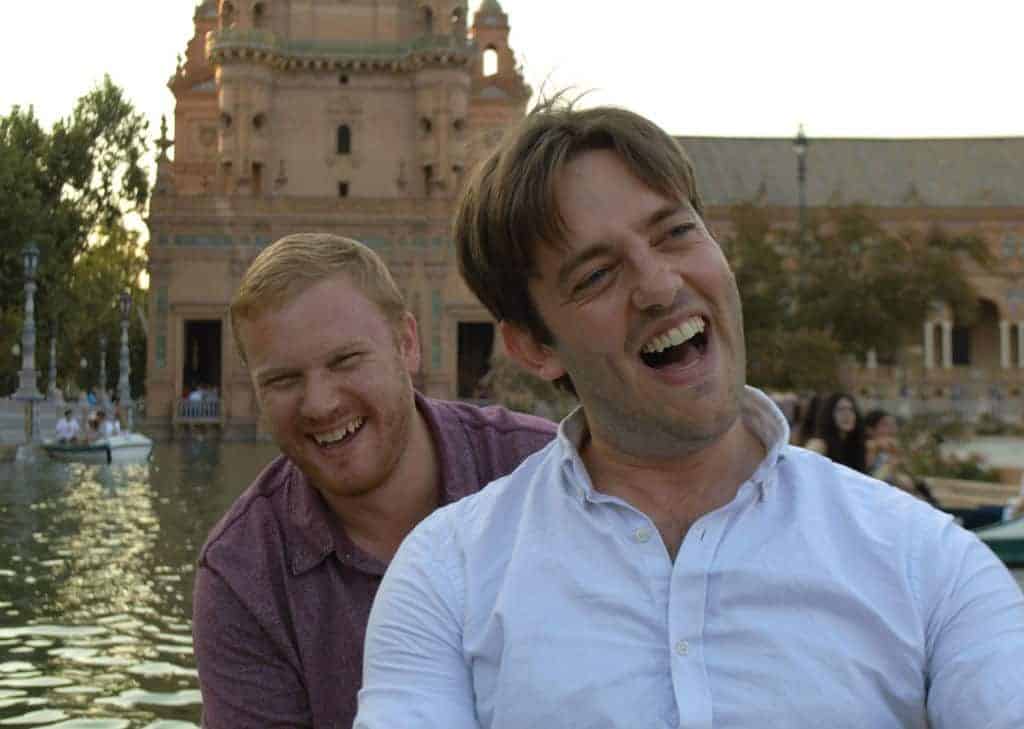






















Join the discussion 2 Comments